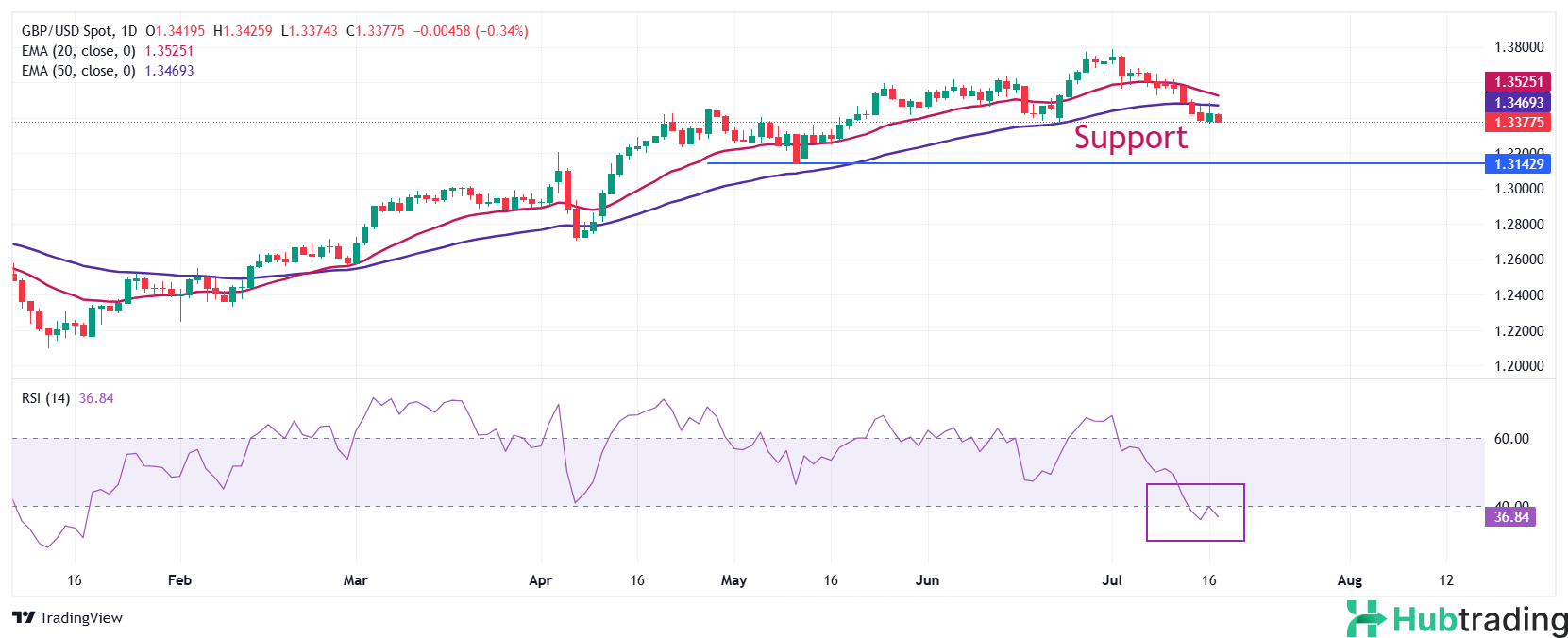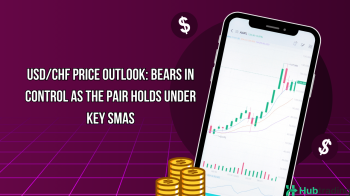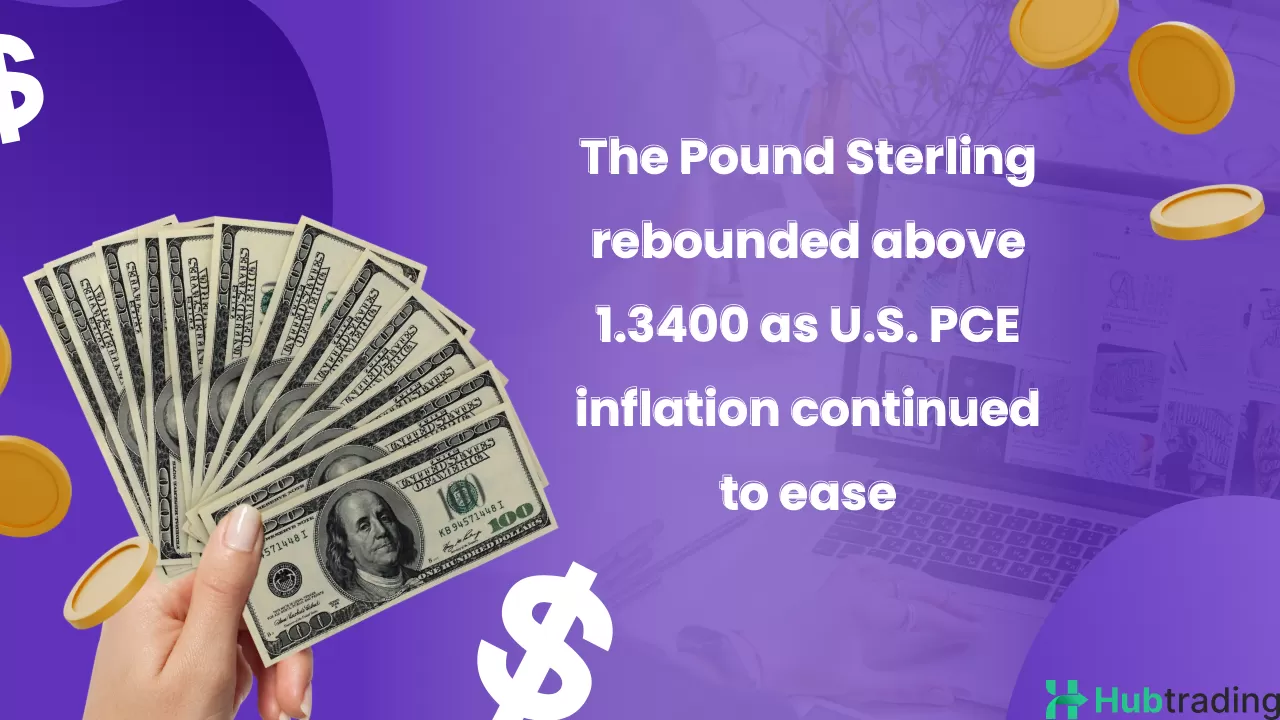- The Pound Sterling recovers some of its earlier losses against the US Dollar following mixed UK employment data for the three months ending in May.
- While wage growth eased in line with expectations, the ILO unemployment rate rose to 4.7%.
- U.S. President Trump dismissed reports suggesting he plans to dismiss Federal Reserve Chair Jerome Powell.
The Pound Sterling (GBP) traded higher against most major currencies on Thursday, except the US Dollar, following the release of a mixed UK labor market report. The data revealed a rise in employment levels but also a higher unemployment rate.
According to the report, UK employers added 134,000 workers in the three months ending in May, up from the previous figure of 89,000. However, the ILO Unemployment Rate climbed to 4.7%, slightly above both forecasts and the prior reading of 4.6%.
Markets had been bracing for weaker job figures after a recent survey by the Recruitment and Employment Confederation and KPMG showed a sharp increase in labor availability. Hiring activity had also been dampened in recent months due to the rise in employers’ social security contributions announced in the Chancellor’s Autumn Statement.
Meanwhile, Average Earnings, both including and excluding bonuses, rose 5% year-over-year—largely in line with expectations but slower than growth recorded in the previous three-month period ending April.
The cooling in wage growth may bring some relief to Bank of England (BoE) policymakers, who remain concerned about inflation risks. Just a day earlier, the Consumer Price Index (CPI) report came in hotter than expected, with headline and core inflation accelerating to 3.6% and 3.7%, respectively.
Daily Market Digest: Pound Sterling Remains Under Pressure Against US Dollar
- The Pound Sterling pared some of its early losses on Thursday but remained down 0.13% against the US Dollar, with the GBP/USD pair hovering near 1.3400 after bouncing off an almost two-month low of 1.3370. The British currency remains under pressure as the US Dollar strengthens amid political and economic developments in the United States.
- The Greenback gained momentum after President Donald Trump dismissed reports suggesting he plans to remove Federal Reserve Chair Jerome Powell. In an interview with Real America’s Voice, Trump acknowledged that firing Powell could cause market turmoil, stating, “I’d love if he wants to resign, that would be up to him. They say it would disrupt the market if I did.”
- This follows a Reuters report claiming Trump received a favorable response from some Republican lawmakers about potentially dismissing Powell, which initially caused a dip in the Dollar and U.S. equities.
- Additionally, hawkish remarks from Federal Reserve officials lent further support to the Dollar. New York Fed President John Williams and Atlanta Fed President Raphael Bostic both warned that the inflationary impact of tariffs is only beginning. Williams noted the effect could push inflation up by “one percentage point from the rest of 2025 into 2026.”
- At the time of writing, the US Dollar Index (DXY), which measures the Greenback’s strength against a basket of six major currencies, is up 0.5% near 98.80.
- Looking ahead, investors are eyeing the upcoming US Retail Sales data for June, set to be released at 12:30 GMT. Markets expect a modest 0.1% increase following a 0.9% decline in May—a key gauge of consumer spending strength.
Technical Outlook: GBP/USD Remains Bearish

Technically, the GBP/USD pair remains in a bearish trend as it continues to trade below the 20-day and 50-day Exponential Moving Averages, positioned around 1.3525 and 1.3470, respectively. The 14-day Relative Strength Index (RSI) remains below 40.00, indicating strong bearish momentum.
Support lies at the May 12 low of 1.3140, while the July 11 high near 1.3585 acts as the next significant resistance level.





